
The discussion centred on DC investment in the pre-retirement phase
Industry experts discussed the challenges around DC investment in the pre-retirement phase at a Ruffer event hosted by Baroness Ros Altmann CBE at the House of Lords in May.
There has been a substantial shift in defined contribution (DC) provision since the start of auto-enrolment in 2012, particularly when it comes to the pre-retirement membership group.
First there were the pension freedoms, introduced in 2015 to allow members to access their DC pots more flexibly from the age of 55.
But there have also been more structural forces at play too. As Ruffer director of UK institutional James Fouracre explained, a decade ago there was generally a young underlying membership demographic and the large majority of individuals were still retiring with defined benefit (DB) schemes as their main provision.
Fouracre said that ten years on, these two structural forces have largely dissipated. He noted: "We are now in a world in which we are seeing up to a million DC members mass migrate from the growth part of the life cycle into the pre-retirement stage."
Added to this, Fouracre says the investment landscape has also evolved - with DC allocators questioning the thinking around bonds being the predominant anchor of investment strategy at this stage of a member's investment journey, as well as the correlations between various asset classes themselves.
Fouracre said that given these shifts in the DC landscape, it is clear that decoding what he calls the "pre-retirement conundrum" is a challenge that is fast moving up the trustee agenda.
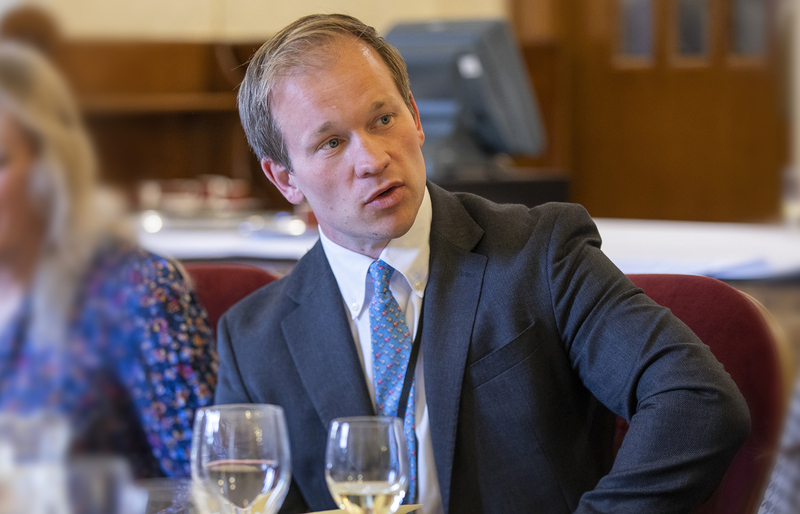
Legacy thinking
Introducing the roundtable discussion at the House of Lords, Baroness Ros Altmann explained that, in her view, a key driver for a re-evaluation of investment in the pre-retirement space was the rising rate environment of last year and, more particularly, the bond market crisis of September and October.
She said: "For me, the biggest area of crisis that was associated with last year's events was not DB; it was actually DC."
Altmann noted that in DB schemes the employer was ultimately on the hook to make up any losses, but said this was not the case with those in DC plans - with some members in the pre-retirement phase losing significant chunks of the money they had invested in the default funds that were meant to help people approach retirement in a lower-risk position.
"This, for me, is the problem that has not yet been addressed. There is this legacy thinking that you will always be safer, which means less volatile, in fixed income, and safest of all in government bonds - that you should switch out of your supposedly higher risk and obviously higher expected return assets as you approach the period when you might want to crystallise your pension savings.
"Because of that legacy thinking, we have had people who were automatically moved out of assets that ultimately did a lot better, into assets that ultimately performed dreadfully, and they did not necessarily even realise what was happening."
Altmann added there was "a real and pressing need" for a re-evaluation of the investment approach that had been relied on for decades - noting there had been little new thinking in the space, adding it was disappointing we were only now starting to ask whether target date and lifestyle type strategies, where the member had chosen a retirement date some 20 years before, were fit for purpose.
She said: "There is an issue that has been created by the combination of pension freedoms and quantitative easing, which has left us all very vulnerable to flawed thinking about risk."
Altmann suggested we needed to reconsider what investment risk in the pre-retirement phase meant and what a suitable portfolio might look like going forward - considering greater diversification in DC portfolios as well as trying to protect more against the downside risks.
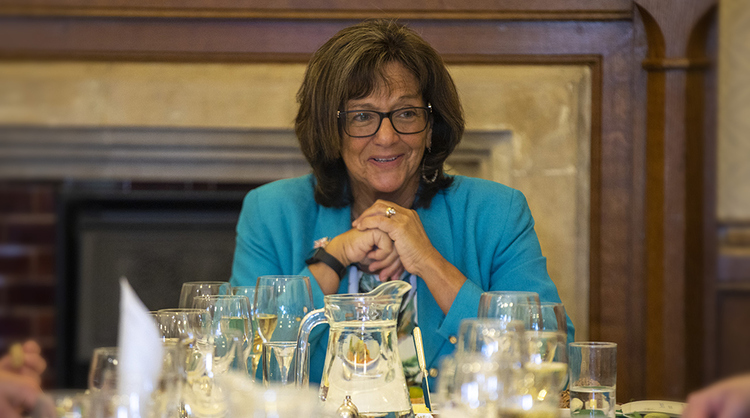
A new era
Ruffer investment director Jos North agreed there was a pressing need for a re-evaluation of the DC investment approach - noting we are now in an environment that is fundamentally different from the last 30-40 years and one that will require new thinking.
North said that, from the early 1980s, we had a general trend of lower interest rates - a trend that has benefited both equities and bonds. He said, however, this era is now over - adding we are witnessing both a return of inflation and a consequent rise in interest rates to try to control this inflation.
He noted that, while inflation is now starting to come down in the US and the UK, we should prepare to be in a world of higher inflation going forward, as well as an environment with higher inflation volatility.
North explained: "On average, inflation is going to be above where it was for the past 40 years and, more likely than not, it is going to move around a lot as well.
"If you look back through history, this should not surprise. When you get an inflation shock of this magnitude, one of above 5%, it takes, on average, a decade to drop back to 2%, and that is to drop back to 2% consistently. It really should not surprise that inflation is going to be harder to get out of the system once it is in."
North also talked about the lessons from last year - where fixed income not only endured its worst ever year in the modern era but equities also went down as well. He said that while it is not unusual for fixed income to have a negative year, it is more unusual for equity markets to go down at the same time - and is the sort of positive correlation that has historically only happened when inflation is higher than around 2.5%.
"That positive correlation has been more often the case than the negative correlation of the last 30 years," North explained. "We think that the world we have been living in for the last three decades is normal but, perhaps through this lens, it is abnormal, and we need to look back through history at strategies that have worked in terms of protecting risk assets rather than what has worked over the last 30 years."
The other big issue that North identified is the volatility of returns - noting that if volatility goes up because inflation volatility is higher and we are living in a more volatile world, then the range of outcomes for those nearing their retirement point will also be much wider, increasing sequencing risks for members.
North said the conundrum is that, while people need a steady income in retirement, pots are just not big enough for them to go into a super low-risk investment strategy and live off the interest - noting they need a combination of investment returns and capital protection to boost outcomes, adding that the way to do this was through adopting a different approach to diversification.
North explained: "How can we improve member outcomes in a new world? On diversified sources of returns, we need to have unconstrained thinking and look for uncorrelated returns that provide that diversification.
"In order to do that, you are going to have to think differently about your investment toolkit. It can't just be 60/40 - something that might work at various points in time, but it is not going to consistently work as it has done for the past 40 years."
He added: "This is not necessarily about binning all asset allocation and all exposure to stocks and bonds, but if you have other assets that behave differently to these, you could actually reduce volatility and downside exposure without sacrificing your returns."
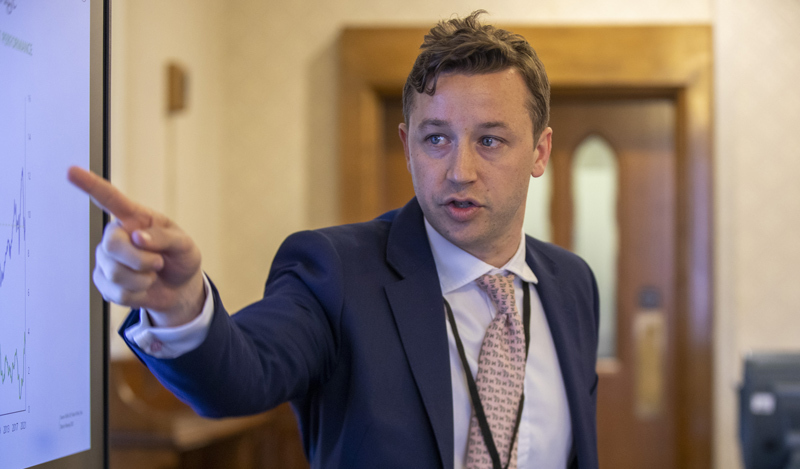
Making change
Participants in the roundtable discussion said some changes to DC investment strategies in the pre-retirement phase were already starting to come through.
Cushon proposition director Danny Meehan said his firm's UK master trust had already enacted some changes. He explained: "We have shortened the lifestyle strategy, for example, from 15 years in one case for a scheme we have inherited to seven years. We reduced the lifestyle period as we believe one of the most significant improvements we can make to member outcomes is holding on to risk assets when pot sizes are largest. We have seen other examples in the market of where that has happened as well. In theory, we have also increased the risk profile at retirement - reducing the allocation to bonds, increasing equities and adding private markets investments as well, which plays into Jos' point on the inclusion of diversifiers that are uncorrelated."
Another panellist agreed that change is happening but said research was pointing towards target-date funds reacting more quickly than the traditional lifestyle strategies as the fund manager could make the changes "under the bonnet" rather than the trustees having to do it and communicate it.
The panellist said: "They are more flexible, and there are definitely some signs, for instance, of moves to short-dated bonds in portfolios probably coming through faster with target-date funds than lifestyles."
Mercer investment consultant Jenni Kirkwood said the majority of clients she was working with were not de-risking to the traditional mix of cash and bonds - rather reducing the risk a little bit, but otherwise continuing with a long-term, diversified portfolio.
Despite this, Kirkwood said there were many other portfolios across the industry that had maintained the same sort of bond-heavy allocation they had held prior to freedom and choice - adding that the key question for many schemes was exactly what members were de-risking to and what they wanted to do at retirement.
What do members want?
Mercer senior DC investment strategist Jane Walker said the industry needed to get better at answering this question and engaging with members about what they wanted to do at the point of retirement.
She said: "We need to be better at putting retirement ages and information in front of individuals at an earlier stage, engaging with them on things like expected retirement age and making sure that they understand the importance of what that does from an investment standpoint."
Independent Governance Group client director and DC specialist Dianne Day agreed that member engagement on some of these issues is poor - adding that few schemes get a response rate much higher than 15% when asking members when they expect to retire.
"The research suggests that you do not know until about two years before you retire when that date is," Day explained. "From a trustee point of view, you are hovering around with this helicopter wondering where to land for your investment strategy. From any time from 55, your member could ring up and say, ‘I want the lot.' I do not know how you manage that."
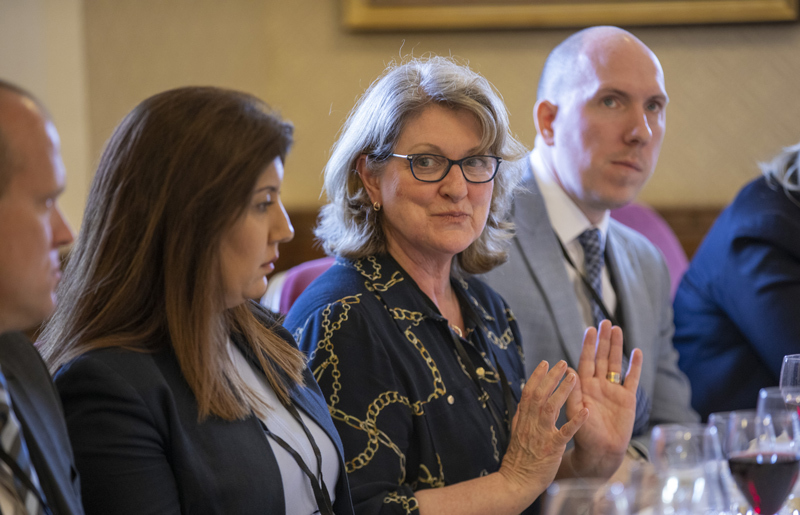
Striving for better
Hymans Robertson head of DC investment Callum Stewart said his overriding thinking was that the industry had to "strive for much better".
He said: "A lot of the changes that we have seen in the last decade or so, given the impact on DC members, have been tinkering around the edges. For example, there has been undue focus and attention on reporting on transaction costs, which tend to be worth just one to two basis points. I am sorry - there will be a point in future where it is valuable to do that, but that is not now when we have hundreds of basis points of outcomes per year to think of."
Stewart said there were two things he felt really needed recognition and fundamental change in DC investment - first, the way in which we engage members, and second, changing the continual focus on low cost.
He explained: "If you focus on low cost, you will end up with portfolios that look like equities bonds and a few other bits and pieces, but in principle it will be a balance between predominantly those asset classes and markets. I agree with various comments that pointed to this already. We need to get to a stage where we have unconstrained thinking. Cost cannot drive investment decisions. I think it is a breach of fiduciary duty to do that and I would call it out."
Stewart added: "One of the big challenges we have in the industry is the process of selection of pension providers, which is driven by cost, because those ultimately making the decisions are not necessarily knowledgeable in this area."
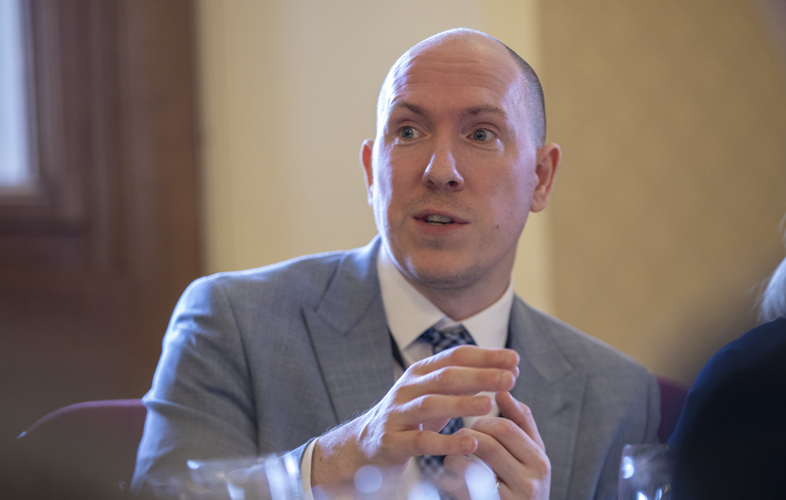
Pre-retirement defaults
Barnett Waddingham head of DC investment Sonia Kataora said one of the reasons auto-enrolment worked was because it relied on inertia - but added the impact of this was that you were now seeing double defaulters - those who had been auto-enrolled into a pension scheme and were also in the default investment strategy.
Kataora said the industry now needed to leverage this inertia when it comes to the pre- and post-retirement phase. She explained: "The extension of that is probably some sort of post-retirement default solution, which does not mean an investment solution; it might just mean a process."

Day agreed: "When you get to age 50 or 55 or whatever, the range of possible outcomes that suit each person broadens, so there is not one solution, but there are probably only five or six."
She added: "The reality is that, at that point, where they have advice, you are collecting information and you are providing even formulaic solutions to the five or six options that you need, your AMCs have to go up. The costs have to go up, and so value for money is a different question in accumulation than it is in retirement."
Stewart pointed out the average return for older savers in 2022 across master trusts was about -15%. He said: "That is a shocking outcome… Those that were at that level or worse have overly simplistic investment strategies."
Stewart concluded: "We need to do better. We need to look at a lot of the examples around how we can improve investment strategies and make progress. If you have a strategy for members approaching retirement that just comprises of equities and bonds and up to 10%, but no more of other stuff, it is a safe bet that you can do better than that in terms of delivering a better outcome for your members. If that means a higher cost, so be it. That is what you have to do."







